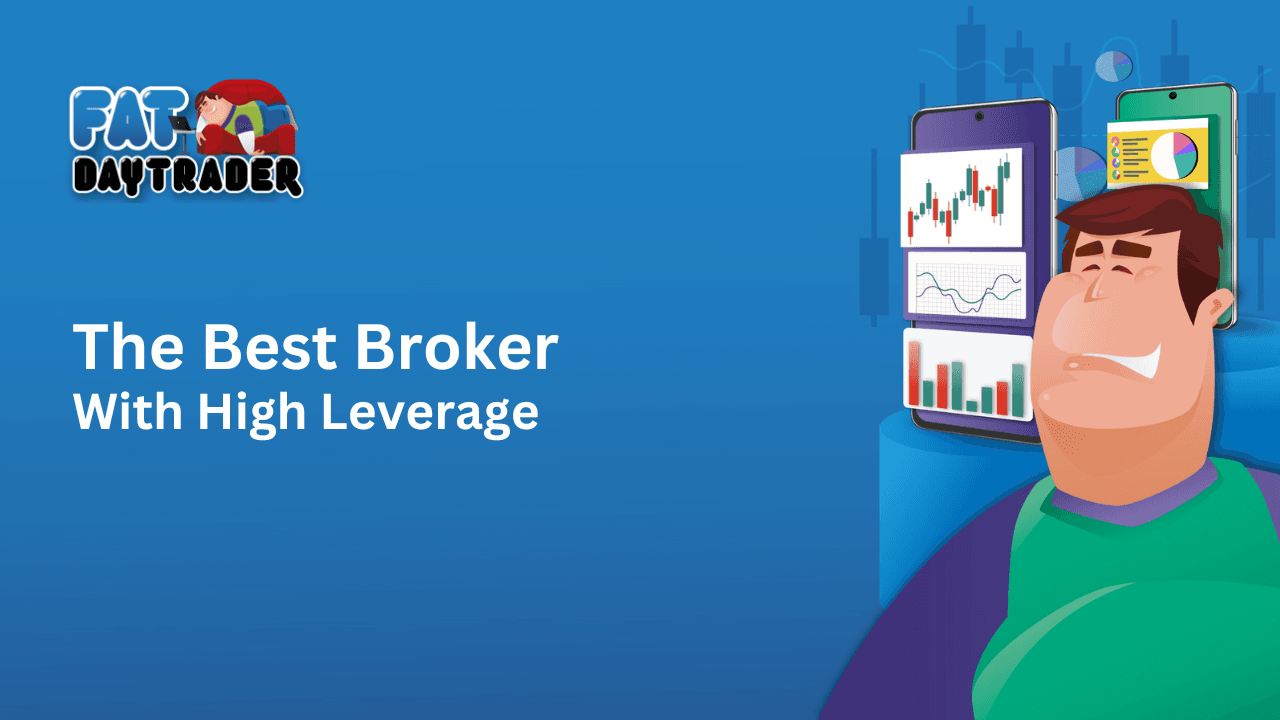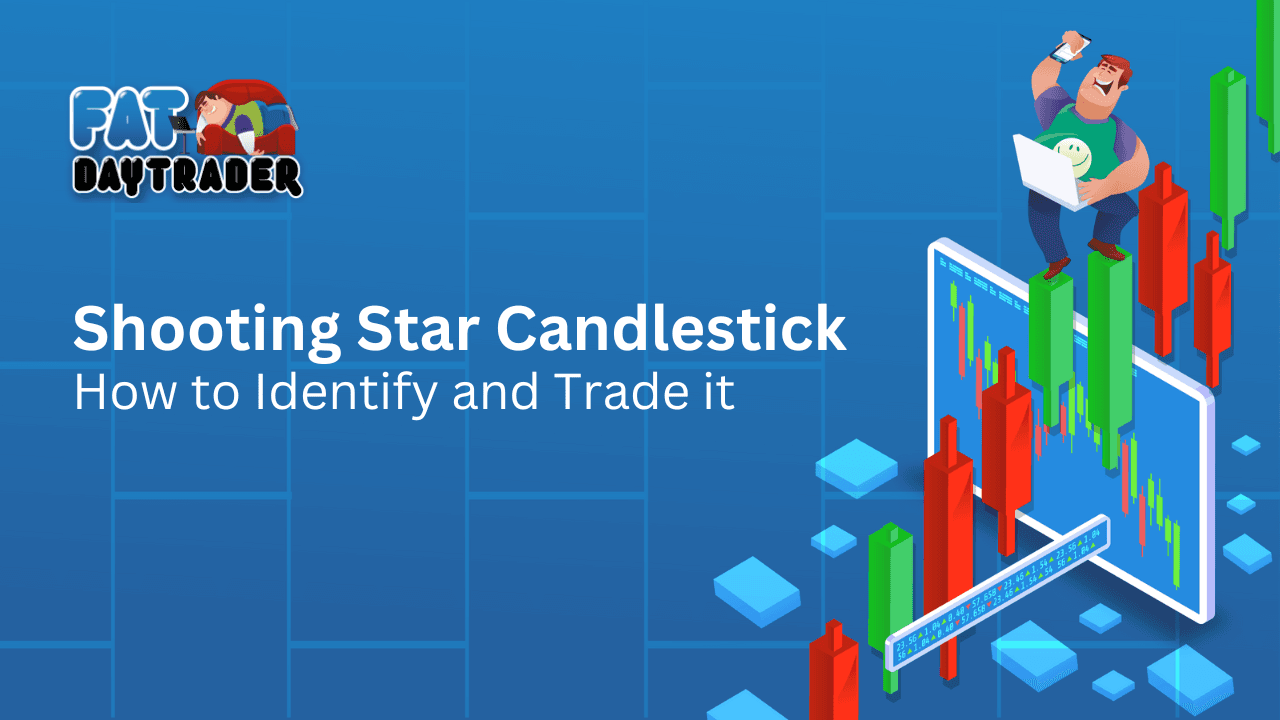Education
Automated Trading: Using Expert Advisors and Algorithms for Trading
Fat Day Trader
June 9, 2023
8 min read
In the fast-paced world of financial markets, traders continually seek innovative and efficient ways to maximize their profits while minimizing the time spent monitoring charts and executing trades. One solution that has gained popularity over the years is using Expert Advisors (EAs) in MetaTrader 4 (MT4).
EAs are specialized programs or codes designed for automated trading, making it easier for traders to execute their strategies without needing constant manual intervention. This article will explore the ins and outs of Expert Advisors, how to get started with them, and their potential benefits and drawbacks for traders of varying skill levels.
Automated Trading: Using Expert Advisors and Algorithms for Trading
Expert Advisors, commonly known as EAs, are sophisticated trading algorithms that automate the process of buying, selling, and managing positions in the financial markets.
Developed for use with MetaTrader 4, a popular trading platform, EAs can execute trades based on predefined rules, conditions, and indicators. The trader can set these rules and conditions, allowing for high customization and adaptability to individual preferences.
How EAs Work?
At the core of EAs lies instructions that guide their decision-making process. These instructions are formulated based on market analysis, technical indicators, and other criteria the trader defines.
EAs utilize analytical robots to continuously monitor the market and automatically execute trades when specific conditions are met. This automated approach eliminates manual intervention and allows lightning-fast execution, which is critical in today's volatile markets.
Types of Expert Advisors
Expert Advisors can be broadly categorized into commercial EAs and custom-made EAs.
Commercial EAs
Commercial EAs are pre-built trading algorithms that can be conveniently purchased from the MetaTrader 4 market. These EAs are designed by professional traders or developers who have honed their expertise in the financial markets.
One of the significant advantages of commercial EAs is that they undergo rigorous performance and reliability testing, ensuring that they can deliver consistent results. For traders seeking an automated solution without diving into the complexities of coding, commercial EAs present a practical option.
Custom-made EAs
On the other end of the spectrum, we have Custom-made EAs. Individual traders or developers create these EAs with specific trading strategies and preferences. Building a custom EA demands a solid understanding of programming and the MQL4 coding language used in the MetaEditor within the MetaTrader 4 platform.
Custom-made EAs benefit from their tailor-made approach, catering precisely to the trader's unique requirements and trading style. Traders with a clear vision of their strategies and wish to exercise complete control over their automated trading often opt for custom-made EAs.
Getting Started with Expert Advisors
Traders have two main options for accessing Expert Advisors: purchasing ready-made EAs from the MetaTrader 4 market or creating custom EAs. The MetaTrader 4 market offers a vast selection of free and paid EAs, each with unique features and trading strategies. Traders can browse the options and choose an EA that aligns with their trading goals.
Creating Your Own EA
Building a custom Expert Advisor allows traders to tailor it to their specific needs. To create your own EA, you'll need a solid understanding of the MQL4 coding language used in the MetaEditor within the MetaTrader 4 platform.
The process of building your own EA involves the following steps:
- Developing the Trading Strategy: Before writing any code, having a well-defined trading strategy in mind is essential. This involves determining the entry and exit criteria, risk management rules, and any other conditions the EA will follow when executing trades.
- Writing the Code: Once the trading strategy is in place, the next step is to write the code to implement the strategy as an Expert Advisor. This code is typically written using the MQL4 programming language specific to MetaTrader 4.
- Compiling the EA: After writing the code, it must be compiled into a usable EA file. Compilation converts human-readable code into machine-readable instructions that the MetaTrader 4 platform can understand and execute.
Building your own EA may initially seem challenging, especially for traders unfamiliar with programming. However, for those who prefer a hands-on approach and understand the markets and programming concepts, creating a custom EA can be a rewarding and empowering experience.
It allows traders total control over their trading strategies and adapts the EA to their unique preferences and requirements.
Designing an Effective EA
A well-defined and thoroughly tested trading strategy is at the core of any successful Expert Advisor. To ensure consistent and reliable performance, traders must clearly outline the entry and exit rules, risk management guidelines, and other essential conditions that the EA will use to execute trades.
A robust trading strategy serves as the foundation upon which the EA operates, guiding its decision-making process and overall behaviour in the market.
Flexibility in Design: EAs offer various design possibilities, allowing traders to tailor them to their specific needs and preferences. When creating an Expert Advisor, consider the factors influencing market movements, such as market conditions, technical indicators, and price patterns.
Choosing a design approach that aligns with your trading style and objectives ensures that the EA remains adaptable and effective in different market scenarios.
Careful Parameter Consideration: The success of an Expert Advisor often hinges on carefully considering crucial parameters. These parameters include risk percentage, order types (market or pending), spread handling, hedging capabilities, and target profit levels.
These factors can significantly impact the EA's performance and overall profitability. It is essential to thoroughly evaluate and fine-tune these settings to suit your risk appetite and specific trading goals.
Thorough Backtesting: Conduct comprehensive backtesting using historical data before deploying the Expert Advisor in live trading. Backtesting is a critical step that allows you to assess the EA's performance under various market conditions and validate its effectiveness.
By subjecting the EA to rigorous testing, you can identify potential weaknesses, refine its parameters, and ensure that it aligns with your expectations and objectives.
Evaluating Expert Advisors
One of the significant advantages of EAs is their accessibility to traders with varying programming and trading experience levels. While professional programmers can create complex and sophisticated EAs, less experienced traders can still utilize pre-built EAs from the MetaTrader market.
This accessibility democratizes automated trading and enables a broader range of traders to benefit from its advantages.
Free vs. Paid EAs
When selecting Expert Advisors (EAs) for automated trading, traders are faced with choosing between free and paid options.
Free EAs may seem attractive due to their cost-saving nature, but caution is advised. Before deploying a free EA in live trading, it is crucial to conduct comprehensive performance and reliability checks to ensure its effectiveness and minimize potential risks.
On the other hand, paid EAs, while involving an upfront cost, often offer distinct advantages. These paid options typically undergo rigorous testing and are backed by customer support, making them potentially more trustworthy and reliable for traders seeking a robust and well-tested automated trading solution.
The decision between free and paid EAs ultimately hinges on the trader's risk tolerance, budget, and the level of confidence they seek in their chosen trading tool.
Expert Advisor Performance and Reliability
Selecting the right EA is crucial for trading success. Traders should look at the following factors.
- Performance Metrics: Traders should thoroughly assess an EA's performance metrics, including factors like profitability, drawdown, and win rate, to gauge its potential effectiveness.
- Historical Performance: Analyzing an EA's historical performance on past data helps to understand its consistency and ability to navigate different market conditions.
- User Reviews: Reading user reviews and feedback can provide valuable insights into the EA's reliability and real-world performance.
- Strategy Alignment: Ensure the EA's strategy aligns with your trading objectives and preferences.
- Risk Management Capabilities: Consider the EA's risk management features, such as stop-loss and position sizing, to protect your capital.
- Compatibility with Trading Style: Select an EA that complements your preferred trading style, whether day trading, swing trading, or long-term investing.
Deploying Expert Advisors and Ensuring Success
Once traders choose an EA, they must upload it to their MetaTrader 4 platform. This process involves creating specific folders and copying the EA files to the appropriate location. The MetaEditor allows traders to review the EA's code and make necessary adjustments before deploying it in live trading.
Fine-tuning EA Settings
Before starting automated trading with an Expert Advisor, traders should thoroughly review and adjust its settings according to their preferences and risk tolerance. Parameters like trade size, risk percentage, and stop-loss levels can be modified to align with the trader's overall strategy.
Using a Virtual Private Server (VPS)
For uninterrupted and smooth EA trading, traders can consider hosting their EAs on a Virtual Private Server (VPS). A VPS ensures that the EA runs continuously, even if the trader's computer is turned off or experiences technical issues.
Conclusion
Expert Advisors have revolutionized how traders approach the financial markets, offering automated trading solutions tailored to individual preferences and strategies. Whether traders purchase pre-built EAs or create their own, carefully considering an EA's performance, strategy, and risk management capabilities is essential for success.
The MetaTrader 4 market provides various free and paid options for traders of varying experience levels. By harnessing the power of Expert Advisors, traders can potentially enhance their trading efficiency and capitalize on market opportunities without being tethered to their screens around the clock.
Remember, the road to success with EAs lies in a well-designed trading strategy, diligent testing, and continuous optimization based on market conditions and changing objectives.
You May Also Like
View All
Education
The Best Broker with High Leverage
April 8, 2024
13 min read
Find out who the best broker with high leverage is as today's evolving fina...

Education
Shooting Star Candlestick Pattern : How to Identify and Trade it
April 5, 2024
12 min read
Meta: Discover the shooting star candlestick pattern, learn how to identify...
Disclaimer: The content of the fatdaytrader.com website and any posted on our blog is intended for educational purposes only and is not to be construed as financial advice. Trading the financial markets carries a high level of risk and is not suitable for all investors. When trading, you should consider your investment goals, experience, and your appetite for risk. Only trade with funds you are prepared to lose. Like any investment, there is a possibility that you could sustain losses of some or all your investment whilst trading. You should seek independent advice before trading if you have any doubts. Past performance in the markets is not a reliable indicator of future gains.
fatdaytrader.com takes no responsibility for loss incurred as a result of the content posted on our website or blog. By using this website you acknowledge that we are not providing financial advice and our content is for your information and educational purposes only.
©2025 fatdaytrader.com. All rights reserved.
